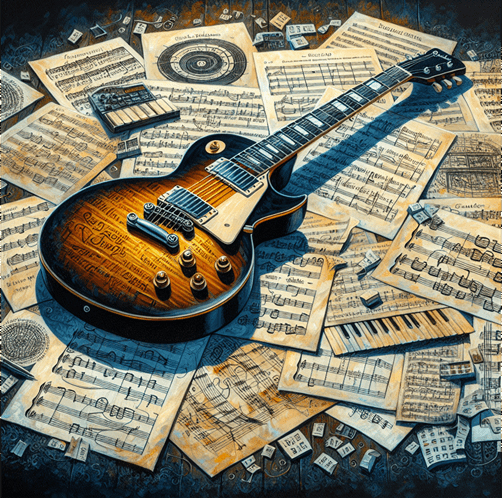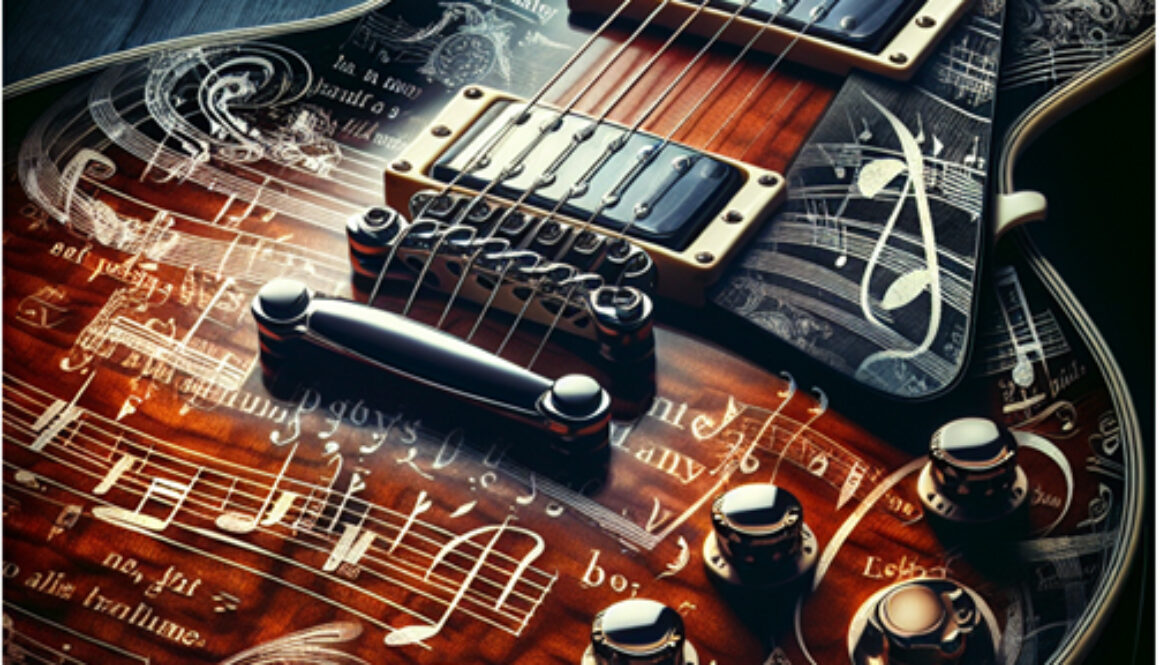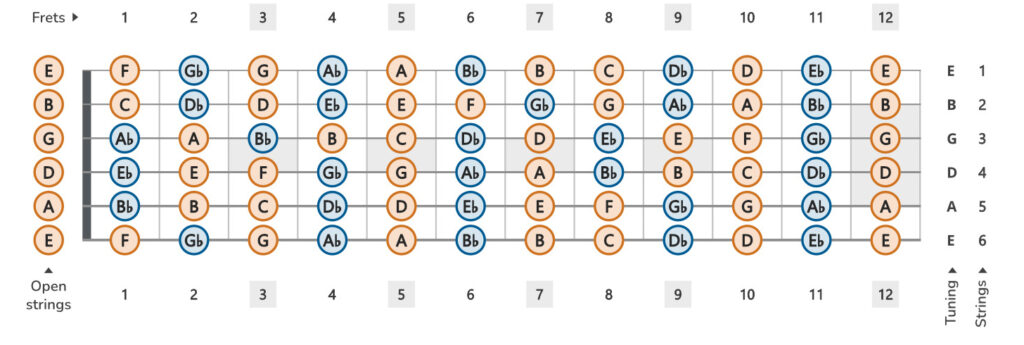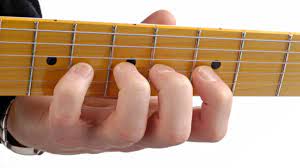Music Theory and Creative Freedom on the Guitar
Share this post
Finding Harmony: Exploring the Intersection of Music Theory and Creative Freedom on the Guitar
As a guitarist, I’ve often find myself struggling with the age-old question: Does music theory stifle creativity? This topic sparks passionate debate among musicians. While I have done both theory-driven study and intuitive exploration in my own guitar playing, I’ve come to appreciate the delicate balance between structure and freedom in musical expression. In this post, I share my views on how music theory intersects with creativity in the realm of guitar mastery.
The Theory Conundrum
For many guitarists, discovering music theory can feel like exploring the secrets of the universe. Learning about intervals, chords, scales, and harmony provides a basis for understanding the language of music. Music theory gives us a roadmap for music creation. Yet, through the excitement of obtaining this knowledge, there lingers a nagging concern: will this newfound understanding stifle my creative instincts?
Breaking the Chains of Convention
At times, it’s easy to feel constrained by the “rules” of music theory. Striving to adhere to prescribed scales and chord progressions can feel like staying within the lines of a coloring book—safe, predictable, and devoid of spontaneity. As guitarists, we yearn to break free from these constraints, to let our fingers dance across the fretboard in wild abandon, guided only by the whispers of our inner muse.
Embracing Theory as a Springboard
But here’s the beauty of it all: music theory isn’t a set of chains; it’s a springboard. Armed with the knowledge of scales and chords, we can dive deeper into the vast ocean of musical possibilities. Rather than stifling creativity, theory becomes a trusted ally, guiding us towards new harmonic landscapes and unlocking doors to uncharted sonic territories.
Harmonizing Theory and Intuition
In my own journey as a guitarist, I’ve found that the most magical moments occur when theory and intuition intertwine harmoniously. It’s when I seamlessly blend the technical prowess gained from studying theory with the raw emotion of intuitive expression that true musical alchemy occurs. In those transcendent moments, the fretboard becomes a playground, and I am free to explore the endless realms of sound with boundless creativity.

Conclusion: A Symphony of Possibilities
So, does music theory stifle creativity when applied to the guitar? In my experience, the answer is absolutely not. Rather than suppressing artistic expression, music theory serves as a beacon, illuminating the way to musical discovery. It’s a tool to be used with finesse, a GPS to navigate the vast sonic landscape of musical expression. So let’s embrace the harmony between theory and creativity and let our guitars sing with the symphony of endless possibilities. After all, in the language of music, there are no wrong notes—only new melodies waiting to be born.



